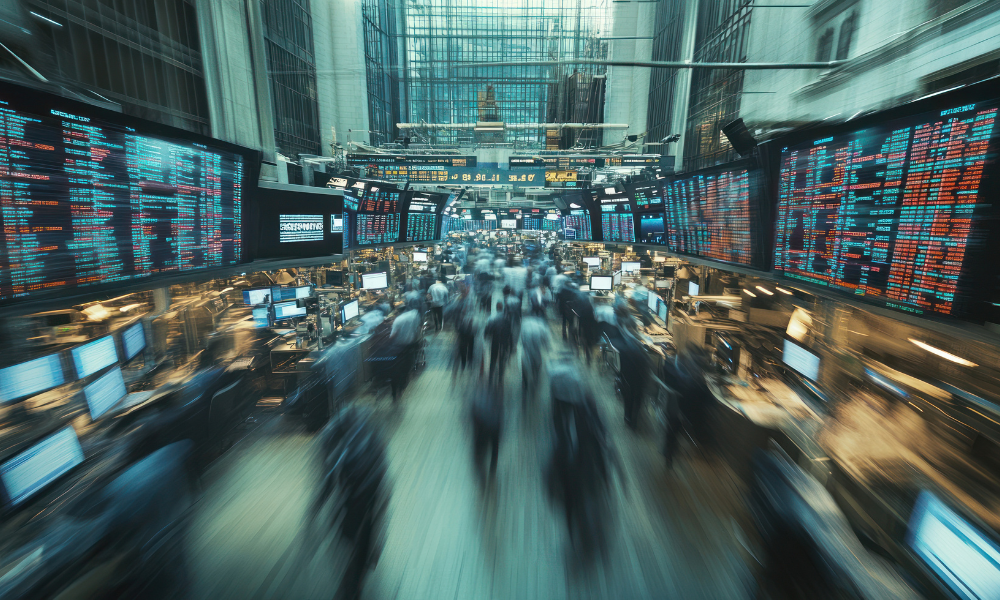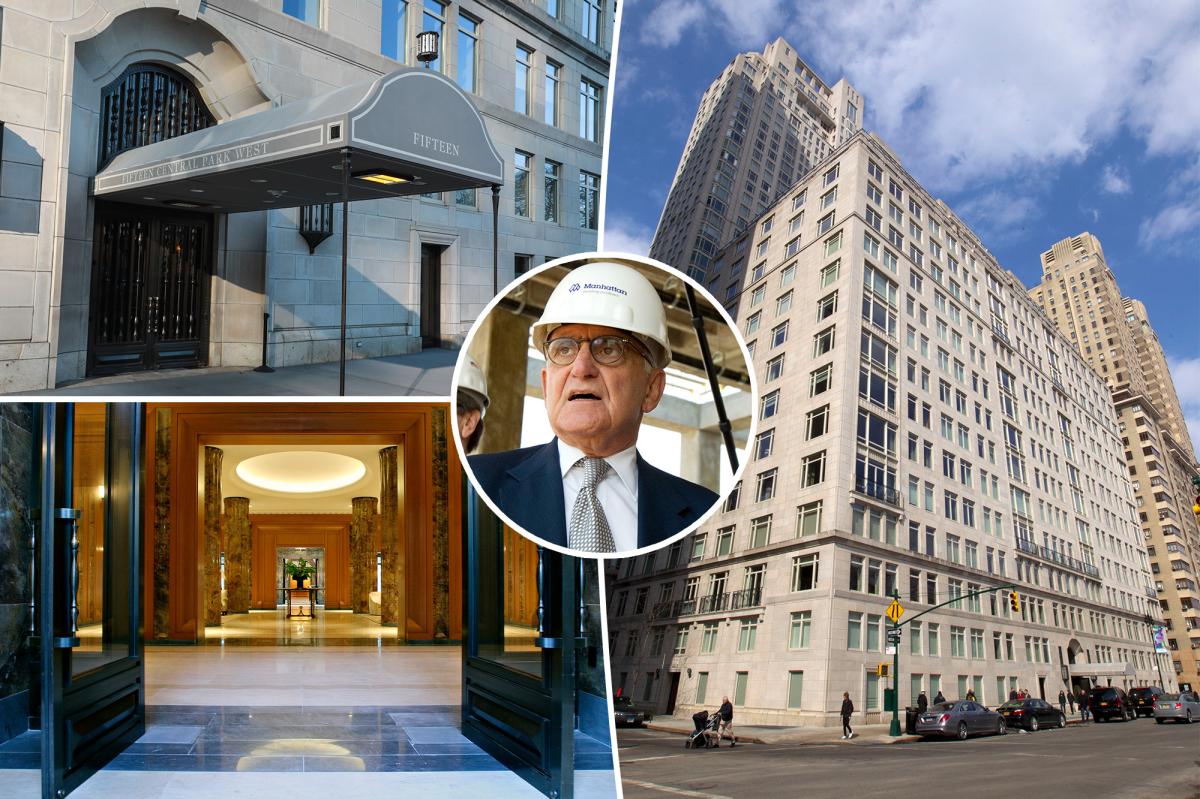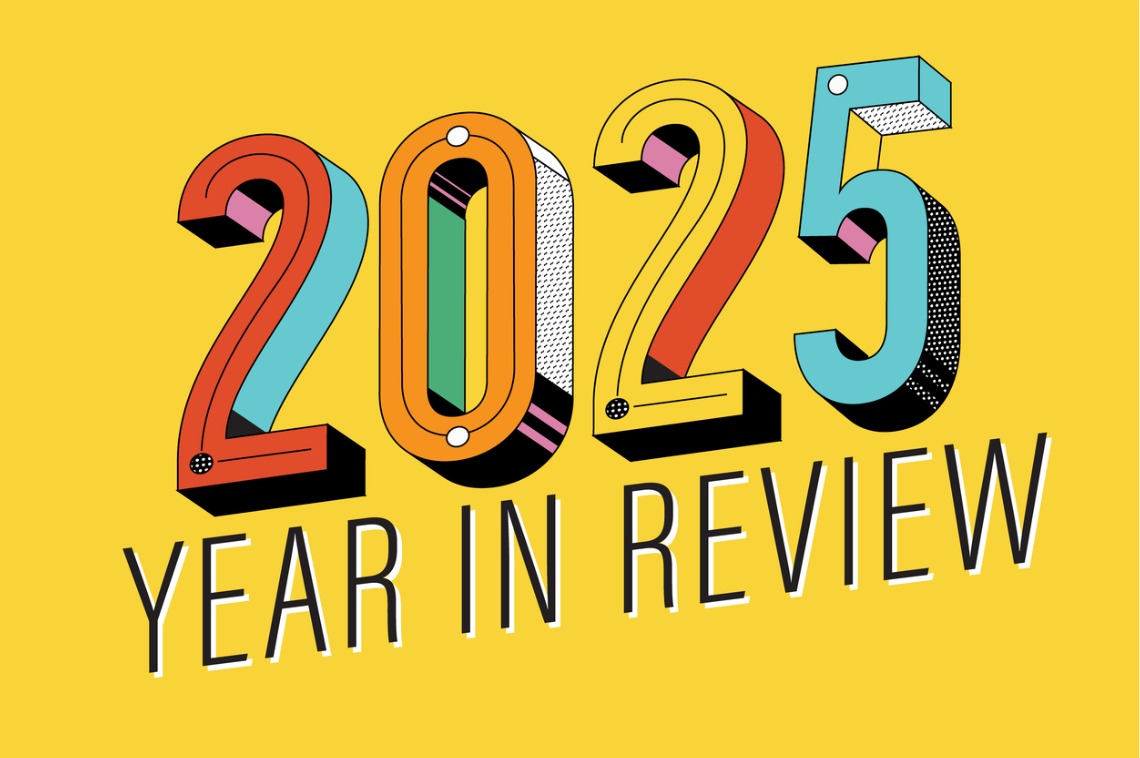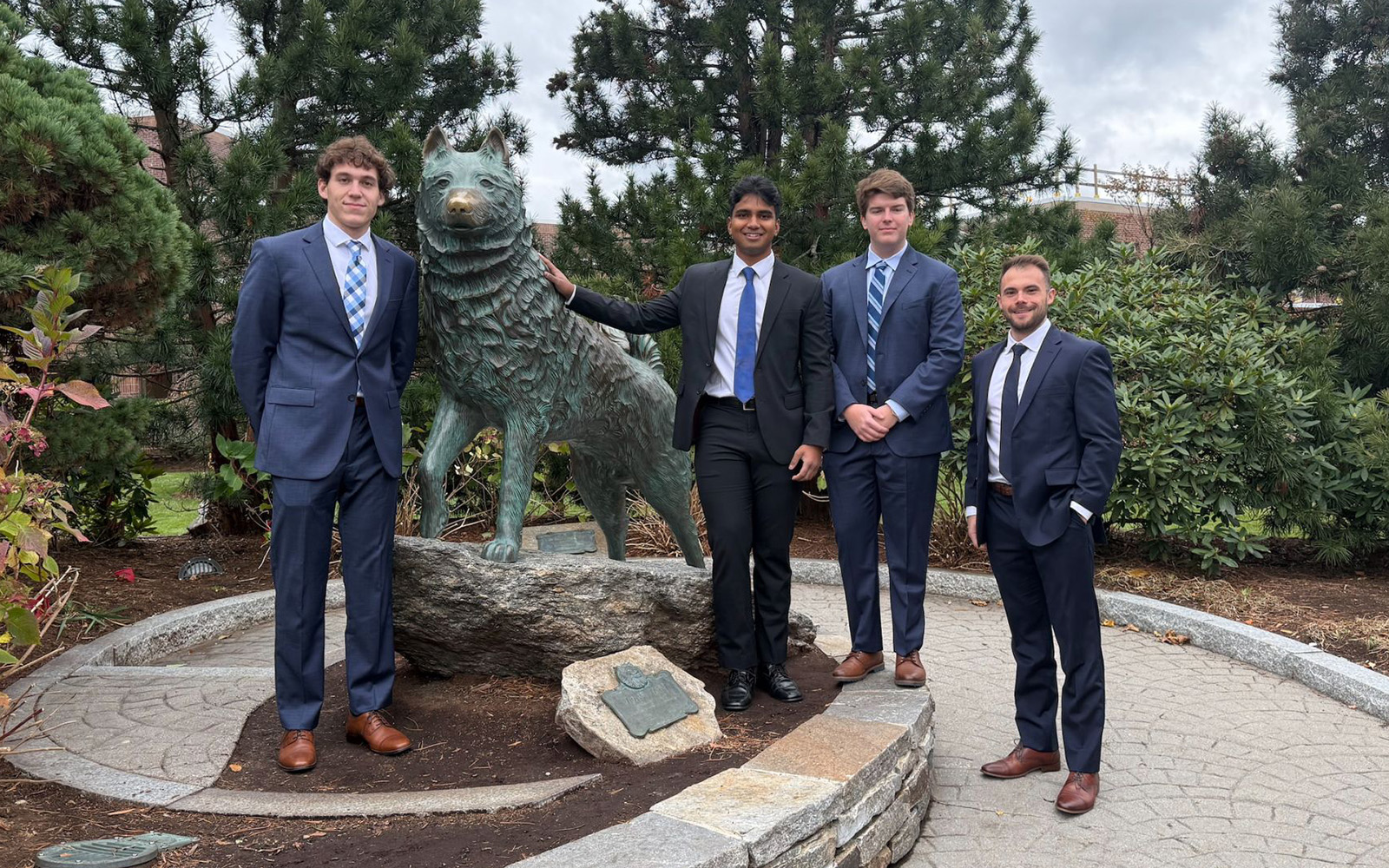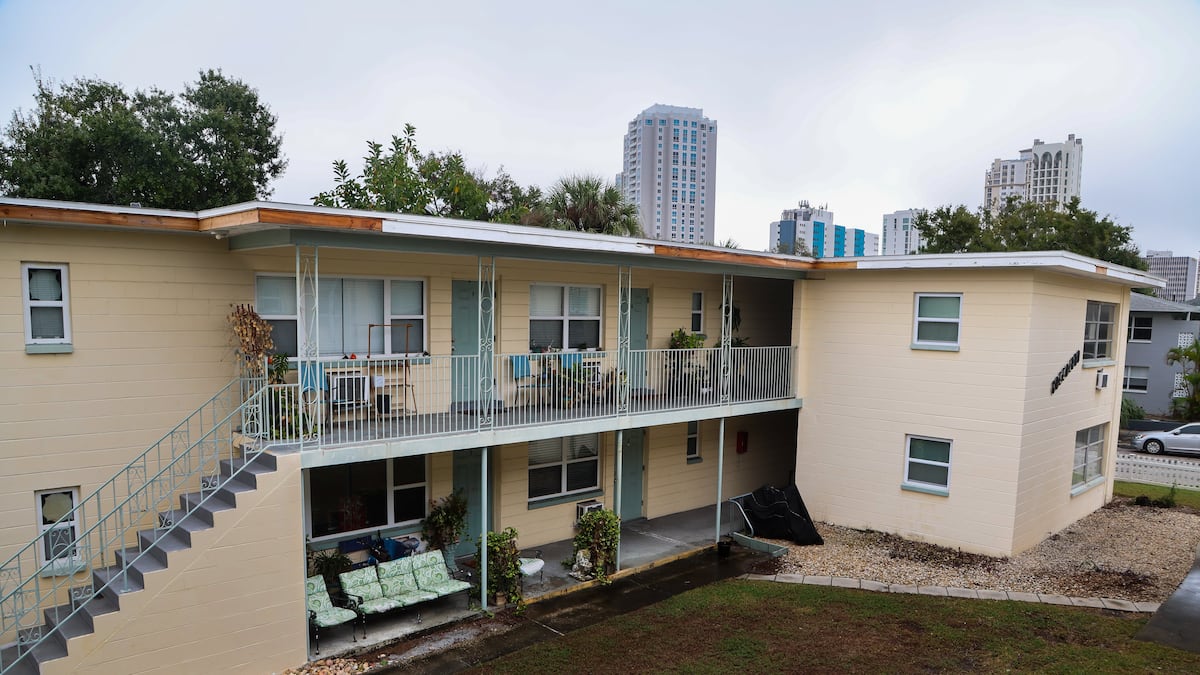T
he commercial real estate (CRE) sector in Asia is facing a structural crisis that goes beyond cyclical downturns. A combination of regulatory tightening, liquidity constraints, and shifting demand dynamics has left small and medium-sized enterprise (SME) developers vulnerable. In Hong Kong alone, SME liabilities have reached HK$210 billion, while non-performing loan rates at Hang Seng Bank surged by 224% year-on-year in H1 2025. This crisis is driven by China's "three red lines" policy, global interest rate hikes, and a 50% decline in valuations since 2019 peaks.
To survive, CRE developers must adopt operational discipline and focus on long-term value creation. The late Chung Ju-Yung, founder of the Hyundai Group, exemplified this approach through his philosophy of "relentless execution" and strategic frugality. By investing $8 million in advanced heavy machines in 1965, Hyundai dominated infrastructure projects and catalyzed South Korea's economic transformation.
Today, CRE developers can learn from Chung's dual focus on innovation and efficiency by adopting AI-driven project management tools, modular construction, and smart building technologies to reduce delays and optimize resource use. They should also prioritize long-term vision and public-good value by aligning with macroeconomic and demographic trends. For example, converting underutilized offices into student housing or retrofitting retail spaces for e-commerce fulfillment addresses supply-demand imbalances while tapping into structural growth.
Developers must also build trust-driven cultures and engage stakeholders through community feedback, job creation, and social value. This is particularly relevant in markets like Thailand, where 70% of CRE debt is concentrated among highly leveraged firms. By engaging municipalities and tenants in restructuring plans, developers can navigate crises more effectively than those relying solely on rate cuts.
The key to resilience in adversity lies in agile strategies such as flexible lease structures, adaptive reuse of assets, and debt restructuring through hybrid instruments like convertible bonds. SMEs can pivot to alternative asset classes and leverage policy-driven incentives to unlock value in distressed markets. For investors, the path forward demands a dual approach: prioritizing firms with high EBITDA margins and low leverage, and targeting undervalued markets with structural growth potential.
The broader lesson from Chung Ju-Yung is clear: resilience is not a passive trait but a strategic choice. In a CRE market defined by volatility, the most enduring value is created by those who embrace adversity, innovate relentlessly, and align with long-term trends.


